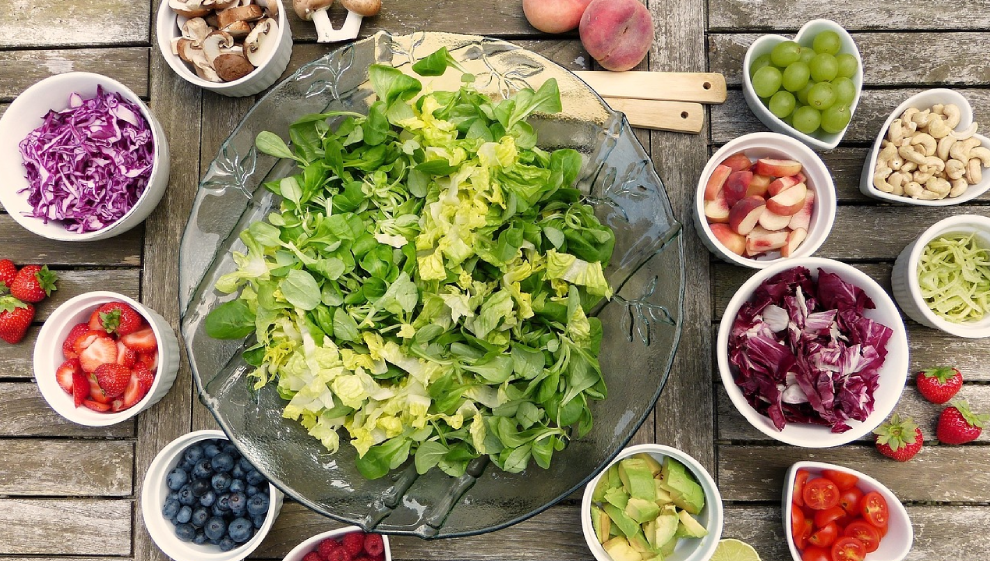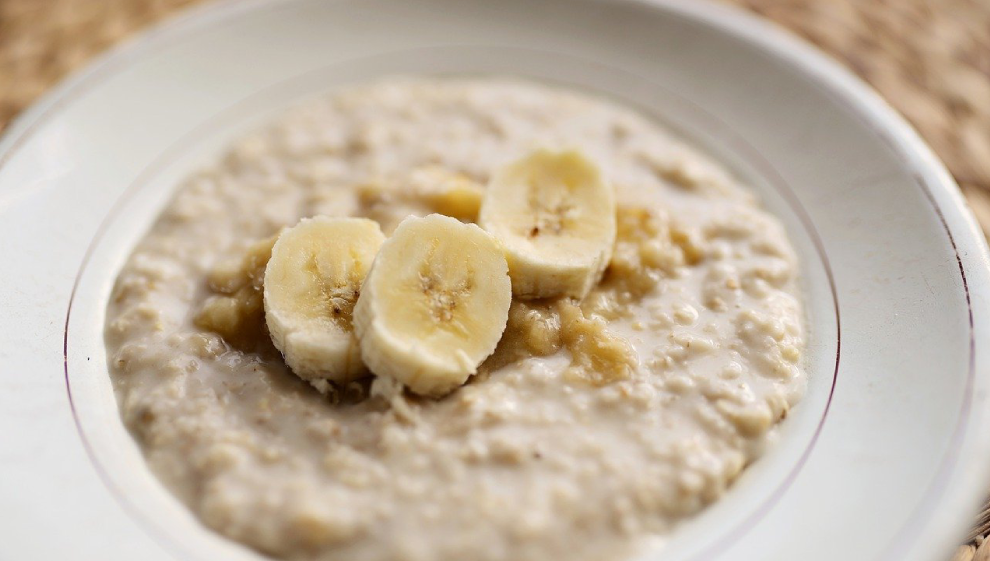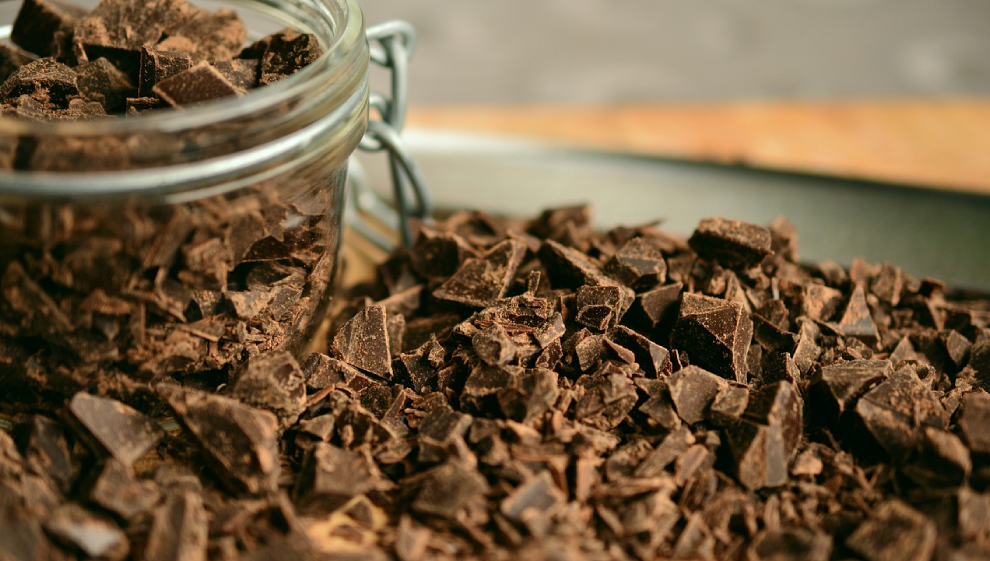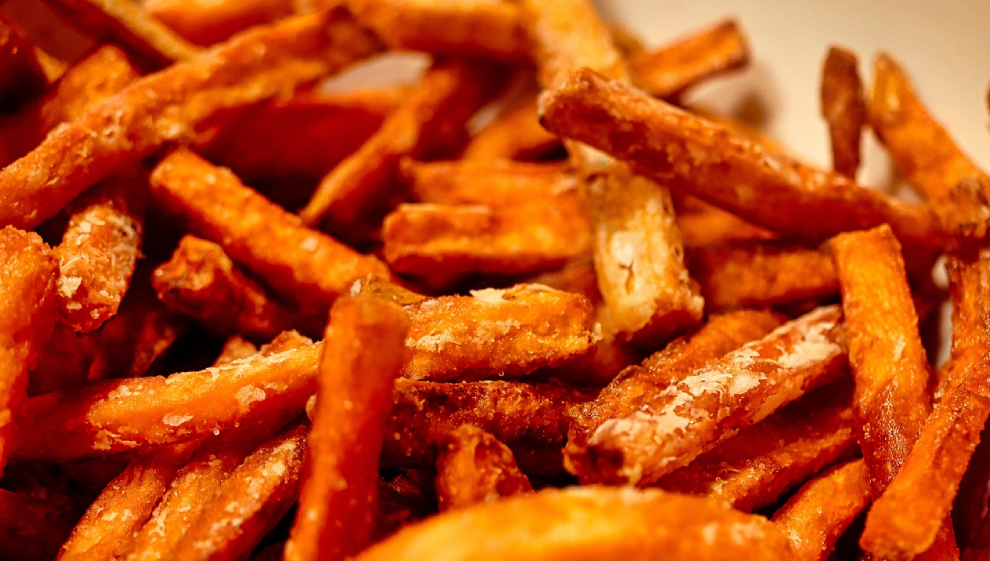Healthy snacks you can eat if you have high blood pressure
- Overview
Top tips for healthy snacking
- Portion control matters – a snack is not meant to fill you up like a meal
- Avoid “mindless eating” where you eat because you’re bored
- Meal prep in advance to avoid impulsive eating
- Treat yourself every now and again
- Structure your snacking around your main meals (breakfast, lunch, and dinner)
- When you do a weekly shop, think about healthy snacks as well as meals
Embrace a new healthier you
Embrace a healthier you and commit to experimenting with foods you may not be familiar with.
Whilst you will initially miss some of the unhealthy snacks you have to replace, introducing a new diet doesn’t have to mean eating the same bland and boring food every day.
That might mean trying new fruits and vegetables that you’ve not had before. It might also mean taking the time to sit down and put together a meal plan that includes some of the healthy snacks on our list.
Above all else, welcome positive change no matter how small it might be and remember the reasons why you’re looking at changing your diet. Introducing dietary change alongside a slow and steady regime of movement and exercise is a great way to double down on this positivity and get your endorphins flowing.
Changing how you snack
It’s important to remember that snacking isn’t always a bad thing. In fact, it can be a good way of keeping your energy levels up.
Put time aside to plan ahead by preparing and purchasing healthier options when you do your weekly shop. Meal prepping is a great way to get in the habit of preparing more than you need so you don’t have to eat on the fly.
Taking an inventory of your schedule can really help too. Even the busiest among us know when they get up, have lunch, and get home from work. Being vigilant and structuring snacking around our day helps avoid impulsivity and poor choices.
What not to do
A lot of the time, we eat unhealthily because we haven’t given ourselves an alternative or we’re busy and don’t have the time to prepare something nutritious.
Unfortunately, these busy days and a hectic lifestyle sometimes lead to rushed, unhealthy food choices that are driven by convenience. If you have a health condition like hypertension, that could spell trouble.
Eating out of boredom is another common habit. Boredom eating is often triggered by emotional needs rather than true hunger, and it can cause us to make unnecessary and unhealthy choices.
To combat mindless eating, try engaging in activities that stimulate the mind or provide enjoyment, such as taking a walk, reading, or pursuing a hobby. If you feel the need to snack outside of your normal routine, pay attention to your emotions and ask yourself “Am I really hungry?”. If yes, eat something, as you need it. If not, assess why you felt the need to eat in that moment.
Quick swaps you can make
- As a swap for sweets, consider creating a little goodie bowl with some fruit (e.g. blueberries, apple, satsuma, grapes) and maybe some nuts too (cashews, walnuts, almonds)
- As a swap for chocolate bars, try oat cakes or seeded crackers with some almond/peanut butter, light Philadelphia, or salsa
- As a swap for puddings, try a cup of Greek yoghurt scattered with some flaxseed, a handful of blueberries and a little drizzle of maple syrup
- As a swap for crisps and dips, try crunchy sticks of carrot, celery or bell pepper with hummus or homemade guacamole.
Our favourite healthy snacks

When you’re craving a snack, consider a swap that will support your healthy lifestyle and still fill you up. Some of our healthier options may take more time to prepare than a packet of crisps and a sandwich, but they’re well worth it.
Raw vegetables with a hummus dip
Raw veggies are filled with potassium which aids with blood pressure regulation. In low quantities, humus is a great source of healthy fat and protein.
You can make your own hummus using chickpeas and oil, or you can purchase a low-fat version from the supermarket.
If you’re out of inspiration vegetables, we love carrots, cucumber, and courgette.
Fruit salad with agave honey
A fruit salad with the natural sweetness of a tablespoon of agave honey makes for a potassium-rich snack that’s filled with antioxidants that help with heart health and blood pressure management.
Smoothie bowls
Smoothie bowls are one of the most versatile snacks you can have. You really can add whatever you want, blend it up, and top it with your favourite array of nuts and seeds.
Try combining strawberries, chia seeds, half a banana, and a scoop of protein powder for a great smoothie. Top this off with a handful of almonds and Brazil nuts and a drizzle of honey or agave.
Peanut butter on wholegrain toast
Whole grain bread is a great source of fibre and natural peanut butter adds healthy fats and protein, creating a satisfying snack that supports heart health without elevating blood pressure.
For extra points, opt for a peanut butter that’s low in sugar and high in overall peanut content.
Natural yoghurt
High in potassium and calcium, natural yoghurt is a probiotic-rich option that contributes to a heart-healthy diet and helps regulate blood pressure.
You can eat yoghurt with almost anything. We love it with a small scoop of chia seed and cacao and a handful of fruit and nut mix topped with a tablespoon of agave honey.
Guacamole and carrot sticks
The avocados in guacamole provide potassium and healthy fats. When you pair this with carrot sticks, you’re getting a raw and nutrient-rich snack that’s low in calories and high in heart healthy vitamins and minerals.
Porridge oats and fresh fruit

Oats are so versatile that you can do almost anything with them.
You can shape them in bars if you like (see below) or heat them up and serve them in a bowl as a fibrous addition to your fruit salad.
Try blitzing a selection of fruits together in your blender and serving with oats to create a nutrient-rich smoothie bowl that’s also packed with fibre.
Our favourite snack alternatives
We get that sometimes you just want something that looks and tastes like a chocolate bar.
See below for a range of recipe and snack ideas that look, feel, and taste just like the real thing.
Slow-baked overnight oat bars
Oat bars are the perfect batch cook snack.
Mix oats, almond milk, chia seeds, and your favourite fruits. Let the mixture sit overnight, then bake for a nutrient-packed snack.
We recommend baking more than you think you’ll need so you can take one to work with you every day. Snacks like this are great for avoiding impulsive trips to the supermarket because you’re hungry.
Dark chocolate

Choose 70% cocoa or higher to maximise the amount of antioxidants you’re eating. Enjoy in moderation for heart-health benefits.
Make sure to avoid milk chocolate and highly processed dark chocolate variations.
Dark chocolate is a healthier alternative with antioxidants that may improve heart health. It contains less sugar than milk chocolate and can elevate mood while providing a satisfying treat.
Protein smoothie milkshake
Protein powder is a quick and easy way to get more protein into your diet. The best thing about a protein smoothie is how efficient it is.
Simply add a scoop to your blender cup or shaker, and blitz. Use low-fat milk or water to keep calories down.
If you’re looking to treat yourself to something closer to a milkshake, up the milk content and crush in a few squares of dark chocolate before blending. You could also add honey or agave to make your shake slightly sweeter.
Peanut butter oats
Oats are a highly versatile snack that can be baked, heated up, or eaten raw. They’re high in fibre and go great with anything.
To make peanut butter oats, heat your oats with low-fat milk by boiling on a low heat or microwaving.
Add a tablespoon of low-fat peanut butter on top and you’re good to go.
Sweet potato fries

Sweet potato fries can be a healthy alternative to regular fries due to their rich nutritional profile. Packed with vitamins, fibre, and antioxidants, they boost immunity and aid digestion. Baked or air-fried with minimal oil, they offer a tasty, satisfying, and nutritious option.
Slice your potatoes into sizeable chips or wedges and toss lightly with olive oil and seasoning before cooking.
Bake instead of deep frying to minimise the amount of oil involved.
Last updated Thursday 18 January 2024
First published on Wednesday 1 February 2017

